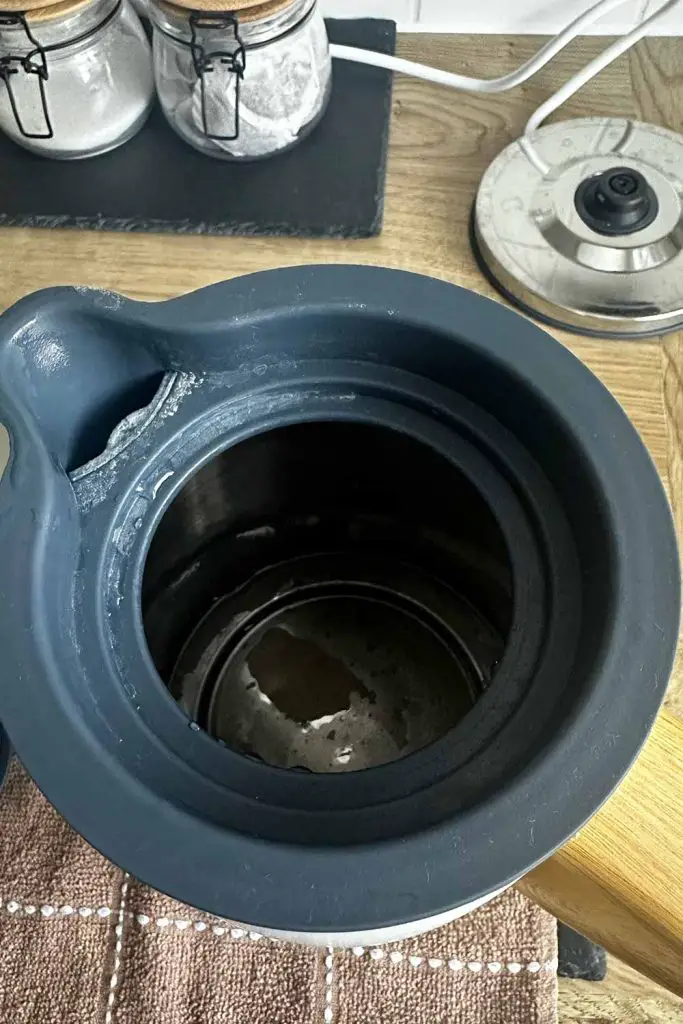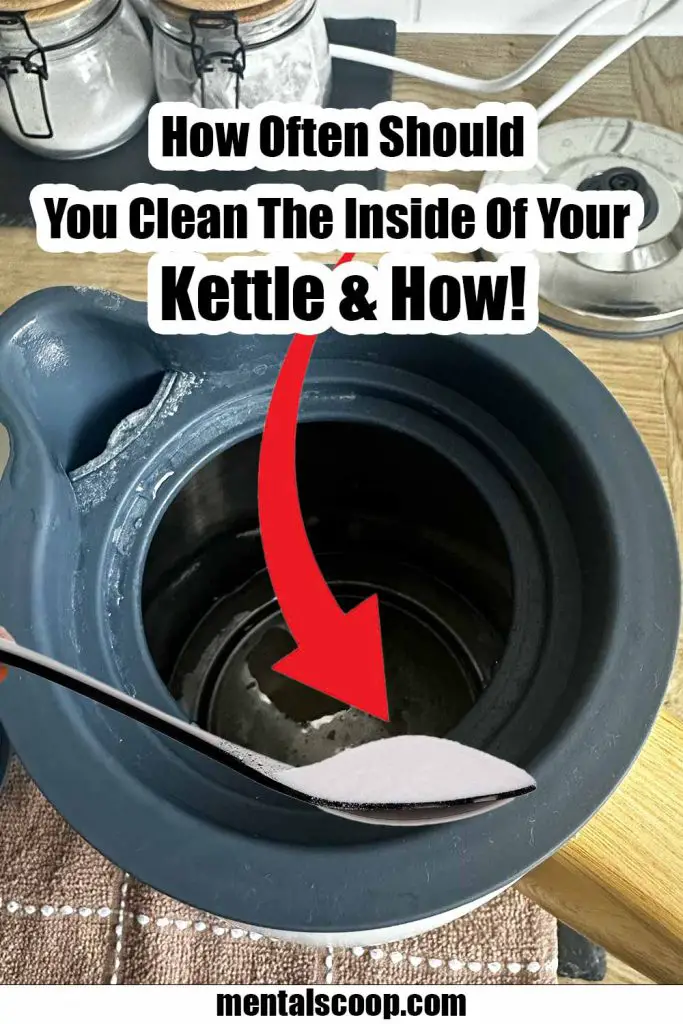How Often Should You Clean The Inside Of Your Kettle And How!

Are you a tea enthusiast, a coffee connoisseur, or just someone who appreciates the convenience of boiling water in a kettle? If so, you’re probably familiar with the crusty buildup that can accumulate inside your beloved appliance.
But fear not, for we’re here to spill the tea on how often you should clean the inside of your kettle and the best ways to do it! Let’s dive into the world of spotless kettles and piping hot beverages.
The Importance of a Clean Kettle:
First and foremost, why bother cleaning your kettle regularly? Well, apart from the obvious aesthetic reasons, a clean kettle ensures the purity of your beverages.
Limescale buildup, mineral deposits, and even bacteria can accumulate over time, affecting the taste and quality of your drinks. Regular cleaning not only prolongs your kettle’s lifespan but also guarantees a consistent and delightful drinking experience.
How Often Should You Clean Your Kettle:
Ideally, you should clean the inside of your kettle at least once a month. However, if you live in an area with hard water, you might need to do it more frequently. Hard water contains high levels of minerals, which can lead to faster limescale buildup.
If you notice any white or crusty deposits inside your kettle, it’s definitely time for a cleaning session.
The Magical Cleaning Duo: Vinegar and Baking Soda:
Now, onto the fun part – cleaning your kettle! The magical duo of vinegar and baking soda can work wonders. Here’s a step-by-step guide to help you achieve a sparkling clean kettle:
Step 1: Gather Your Supplies:
- White vinegar
- Baking soda
- Water
- A soft brush or cloth
- A sponge
- A kettle
Step 2: Prepare the Solution:
Fill your kettle halfway with equal parts water and white vinegar.
Boil the solution and let it sit for about 20 minutes. The acid in the vinegar will dissolve the limescale and mineral deposits.
Step 3: Scrub-a-Dub-Dub:
After 20 minutes, pour out the vinegar solution and rinse the kettle thoroughly with water.
For stubborn deposits, make a paste using baking soda and a little water. Apply this paste to the affected areas and gently scrub with a soft brush or cloth.
Step 4: Rinse and Repeat:
Rinse the kettle again with water to remove any remaining vinegar or baking soda residue.
If there’s still a lingering vinegar smell, boil a fresh batch of water to eliminate it.
Step 5: Shine Like New:
Use a sponge to wipe the exterior of the kettle, making it gleam like it just came out of the box.
Pro Tips:
Lemon Power: If you’re not a fan of the vinegar smell, you can achieve similar results by using lemon juice instead. Follow the same steps, substituting lemon juice for vinegar.
Regular Maintenance: To prevent excessive buildup, consider using filtered water in your kettle. Filtered water has fewer minerals, reducing the chances of limescale formation.
Stay Dry: After each use, empty your kettle and leave the lid open to allow any remaining moisture to evaporate. This simple step can significantly extend the time between your cleaning sessions.
There you have it – a detailed yet straightforward guide to keeping your kettle in pristine condition. By following these steps and making it a regular part of your home maintenance routine, you’ll ensure that every cuppa from your kettle is a pure delight. Happy sipping!

More interesting articles you may be interested in reading:

How To Remove A Tree Stump Painlessly
10 Vital Home Maintenance Tasks You’ll Regret If You Forget
See How Much Propane Is Left In A Tank With No Gauge
Thanks for reading and be sure to share this info with your friends using the social share buttons below.
Talking about social stuff, consider liking our Facebook page to keep up to date with our articles. Check out our other articles for more mental scoops!
